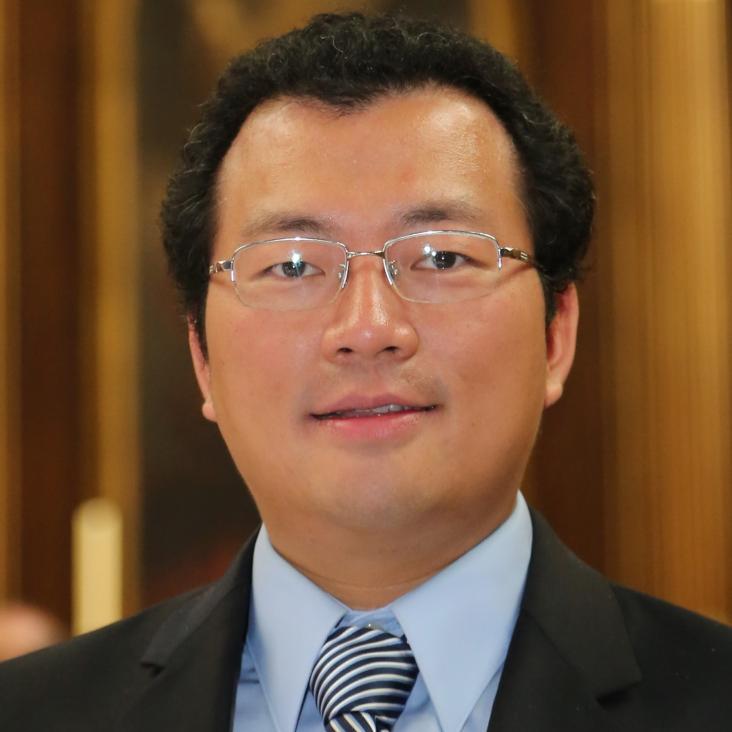Trace element and sulfur isotope constraints on the Genesis of Sb-(Au) deposits in Southern China: Insights from the Longkou deposit
JOURNAL OF GEOCHEMICAL EXPLORATION 280 (2026) ARTN 107892
Highly anisotropic surface resonance states in the kagome semimetal Ni3In2Se2
Physical Review B American Physical Society (APS) 112:15 (2025) ARTN 155124
Abstract:
Shandite kagome materials have attracted great research attention due to their intriguing properties, such as the magnetic Weyl semimetal phase, endless nodal lines, and pressure-induced superconductivity. In this work, by combining angle-resolved photoemission spectroscopy and ab initio calculation, we systematically investigate the electronic band structure of the shandite kagome compound Ni3In2Se2. The measured band structure is in good agreement with ab initio calculations including the spin-orbit coupling effect. The experimental spectra are predominantly characterized by surface resonance states exhibiting highly anisotropic band dispersions near the Fermi level. These features dominate the electronic states near the Fermi level, which are likely associated with the anisotropic transport properties observed in Ni3In2Se2. Notably, the large spin-orbit coupling in this material leads to the formation of a massive Dirac-like band dispersion in the surface resonance states, contrasting with the gapless Dirac dispersion found in the surface states of its sister compound Ni3In2S2. Our work will help understand the influence of the spin-orbit coupling effect on both the surface and bulk electronic states of shandite compounds. Furthermore, it establishes a foundation for exploring the potential applications of surface resonance states in surface science.Bandstructure Engineering by Surface Water Dosing on SrFe2As2
Chinese Physics Letters IOP Publishing 42:10 (2025) ARTN 100707
Abstract:
Fe-based superconductors represent a fascinating class of materials, extensively studied for their complex interplay of superconductivity, magnetism, spin density waves, and nematicity, along with the interactions among these orders. An intriguing yet unexplained phenomenon observed in Fe-based superconductors is the emergence of superconductivity below 25 K in the non-superconducting parent compound SrFe2As2 following exposure to water at its surface. In this study, we employed in situ angle-resolved photoemission spectroscopy and low-energy electron diffraction to meticulously examine the electronic structure evolution of SrFe2As2 upon in situ water dosing. Our findings indicate that water dosing markedly attenuates the spin density wave phase and surface Sr reconstruction while preserving the nematic order in SrFe2As2. Furthermore, we detected an enhancement in the spectral weight of bands near the Fermi level. Our observations highlight the critical role of the intricate interplay among various orders induced by water dosing, which effectively modifies the band structure and favors the emergence of superconductivity in SrFe2As2.Dichotomy in Low- and High-Energy Band Renormalizations in Trilayer Nickelate La4Ni3O10: A Comparison with Cuprates
Physical Review Letters American Physical Society (APS) 135:14 (2025) ARTN 146506
Abstract:
Band renormalizations comprise crucial insights for understanding the intricate roles of electron-boson coupling and electron correlation in emergent phenomena such as superconductivity. In this Letter, by combining high-resolution angle-resolved photoemission spectroscopy and theoretical calculations, we systematically investigate the electronic structure of the trilayer nickelate superconductor La_{4}Ni_{3}O_{10} at ambient pressure. We reveal a dichotomy in the electronic band renormalizations of La_{4}Ni_{3}O_{10} in comparison to cuprate superconductors. At a high energy scale of hundreds of meV, its band structure is strongly renormalized by an electron correlation effect enhanced by Hund's coupling. The resultant waterfall-like dispersions resemble the high-energy kinks in cuprate superconductors. However, at low-energy scales of tens of meV, the dispersive bands are nearly featureless and devoid of any resolvable electron-boson interactions, in drastic contrast to the low-energy kinks observed in cuprates and other correlated 3d transition-metal compounds. The dichotomic band renormalizations highlight the disparity between nickelate and cuprate superconductors and emphasize the importance of strong electron correlation in the superconductivity of Ruddlesden-Popper phase nickelates.High-power impulse magnetron re-sputtering/sputtering apparatus for Nb-Cu 1.3 GHz RF cavities.
The Review of scientific instruments 96:10 (2025) ARTN 103901


